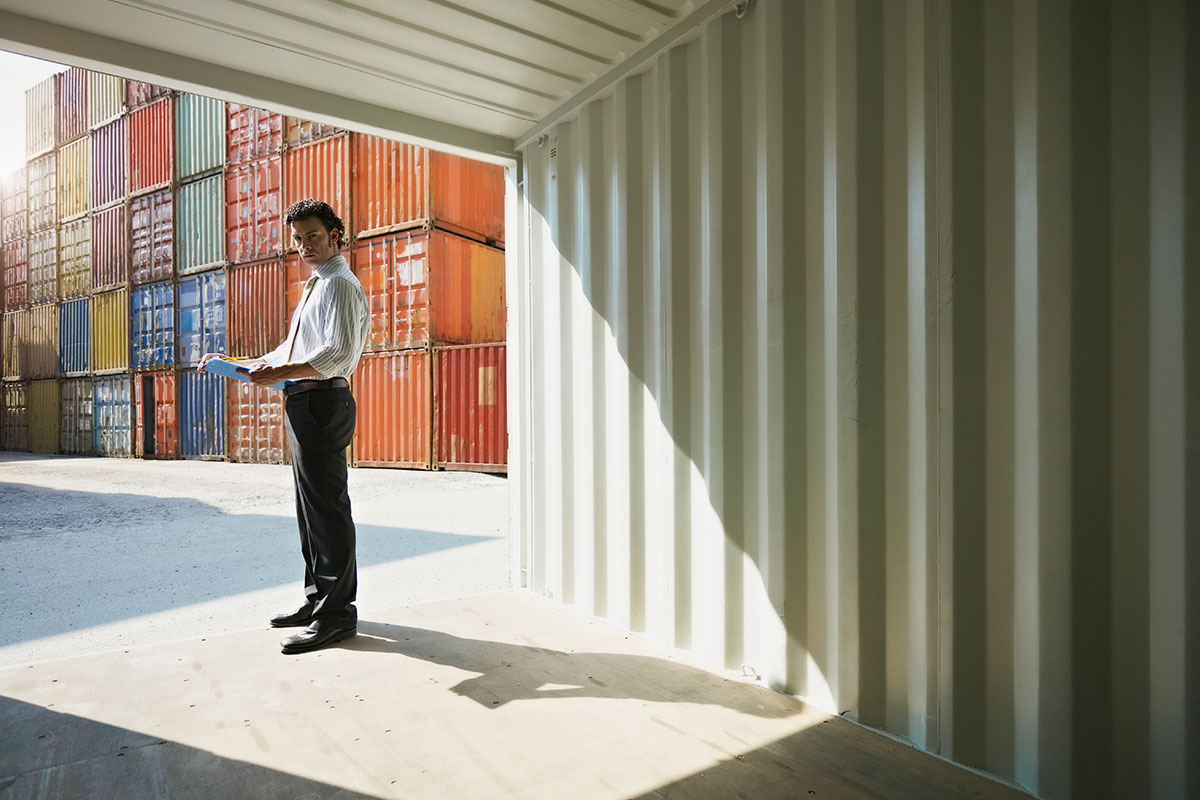
If it seems like shipping delays and soaring delivery costs aren’t getting any better, it’s because they’re both getting worse.
Throughout the pandemic, blame for global supply-chain disruptions has bounced from Covid-19 outbreaks to container shortages, from spendthrift Americans gorging on garden tools to a massive ship beaching itself across the Suez Canal in March.
Those are still causing problems, but there’s a new hiccup that threatens to prolong the pain, maybe even long enough to upset Christmas shopping: The key export hub of Yantian in the heart of China’s factory belt was partially shut down in June to control virus cases, shrinking what little spare capacity existed in an industry that moves more than $4 trillion worth of goods across the global economy each year.
“The latest one is the worst in terms of the supply-constraint hits,” says Steve Saxon, a McKinsey & Co. partner in Shenzhen, China. He reckons it could be a month before Yantian is fully operational again, with the fallout rippling to other ports.
That means container shipping rates could stay high and delivery times could get stretched out even more heading into the peak season for inventory rebuilding in August, when retailers like to stuff warehouses with year-end Christmas items.
“US importers at the moment are panicking,” Saxon says. “People are already worried about whether they can the shipping capacity in August and September so they’re trying to lay their hands on whatever capacity they can get now.”
He expects consumer demand in the US will remain “reasonably high” through the rest of the year, with the main question being whether a supply side that’s “still creaking” can handle it.
“I would not predict another Suez — that feels like a true black swan,” he says. “But another port closing down and reducing capacity because of Covid is certainly foreseeable.”
With that dose of reality, here are six shipping signals to watch in the second half of the year:
Port Congestion. It’s not just bad off the coast of Los Angeles and Long Beach, California. Ships waiting to offload are parked outside ports from Singapore to Savannah, Georgia, and big European gateways for trade like Hamburg, Liverpool and Rotterdam are dealing with bottlenecks and delays, too. Dozens of ships are queued up around Yantian and, by one estimate, more than 400 000 20-foot containers were brought to a standstill.
So even as Yantian resumes normal operations, experts like Alan Murphy, CEO of Copenhagen-based of Sea-Intelligence, said the shockwaves might be felt far and wide. “There are literally hundreds of thousands of containers piling up in South China, while the other ports are already stressed to the max, and we have an acute shortage of both vessel space and empty containers, so the South China port situation is rapidly becoming a massive systemic disruption,” Murphy said in an email earlier this month.
Container Rates. You’d be forgiven for mistaking the next chart for a couple of hot cryptocurrencies but unlike the value of Bitcoin lately, record-high container rates are marching only higher. A notice this month from Germany’s Hapag-Lloyd AG offers some perspective: Starting July 18, it will place a “peak-season surcharge” of $2,000 for each 40-foot container from East Asia to the US and Canada — an extra fee that by itself is higher than the full rate for a container shipped on transpacific routes in 2019.
The problem is there still aren’t enough steel boxes to meet the demand on the most sought-after routes, particularly from Asia to the US With Europe’s reopenings gathering pace, the strains may get magnified. “Europe is by no means immune to the capacity problems,” Saxon says. While shipping lines have deployed all their resources and have ordered hundreds of thousands of new containers, those are coming online only slowly and won’t ease the current capacity crunch very much if ports can’t handle the extra volume.
To read more about it in : moneyweb.co.za, click here